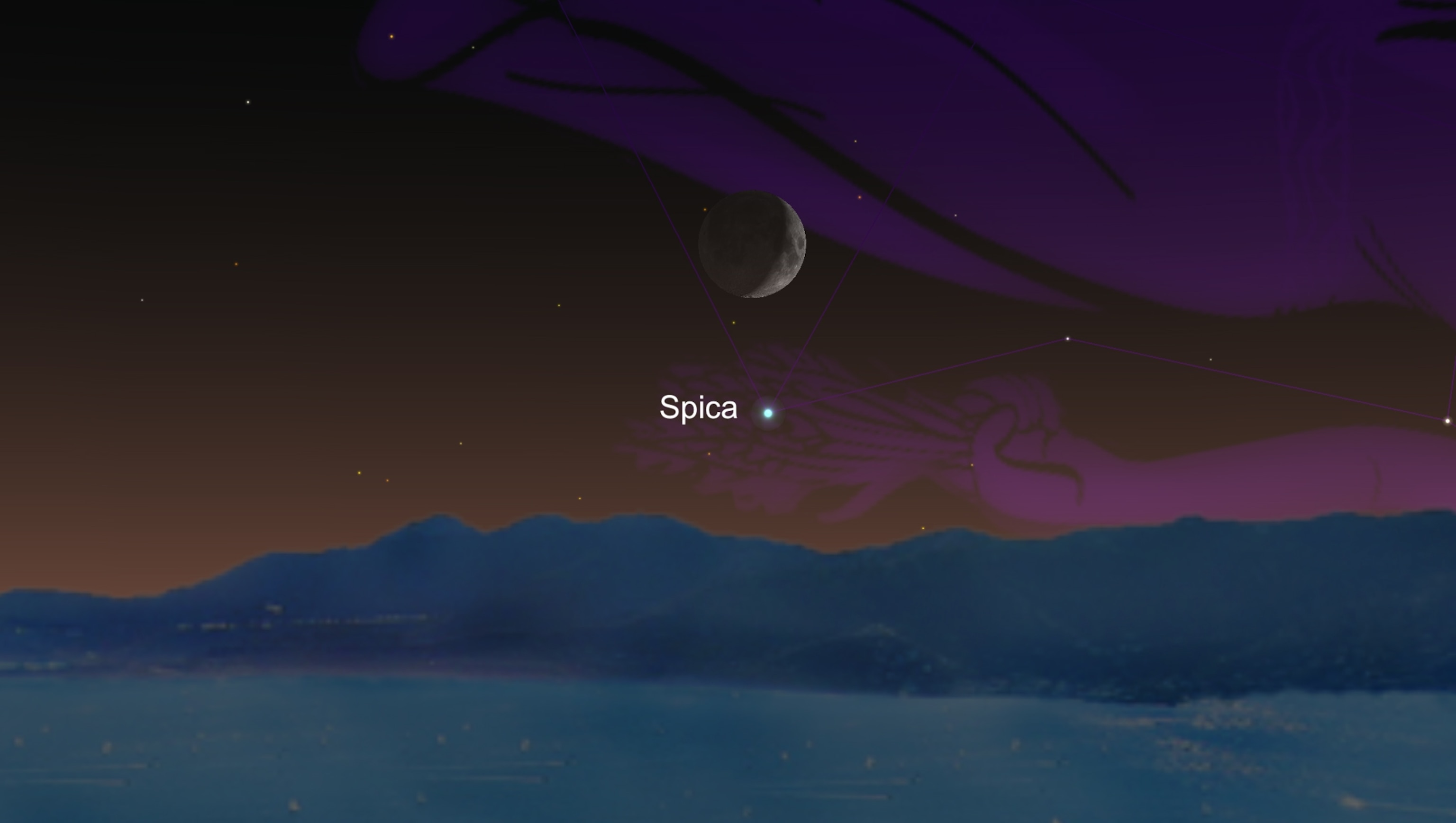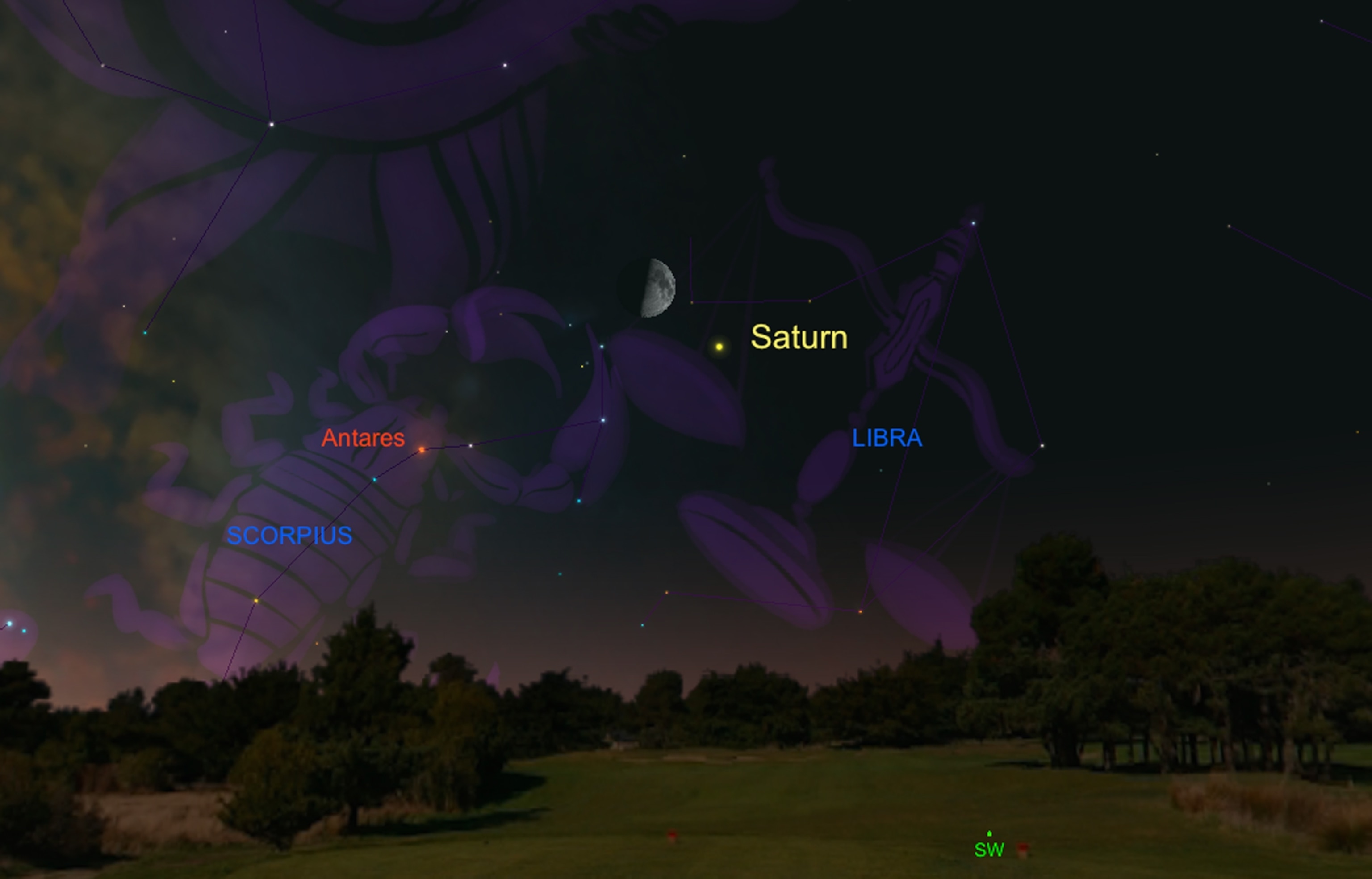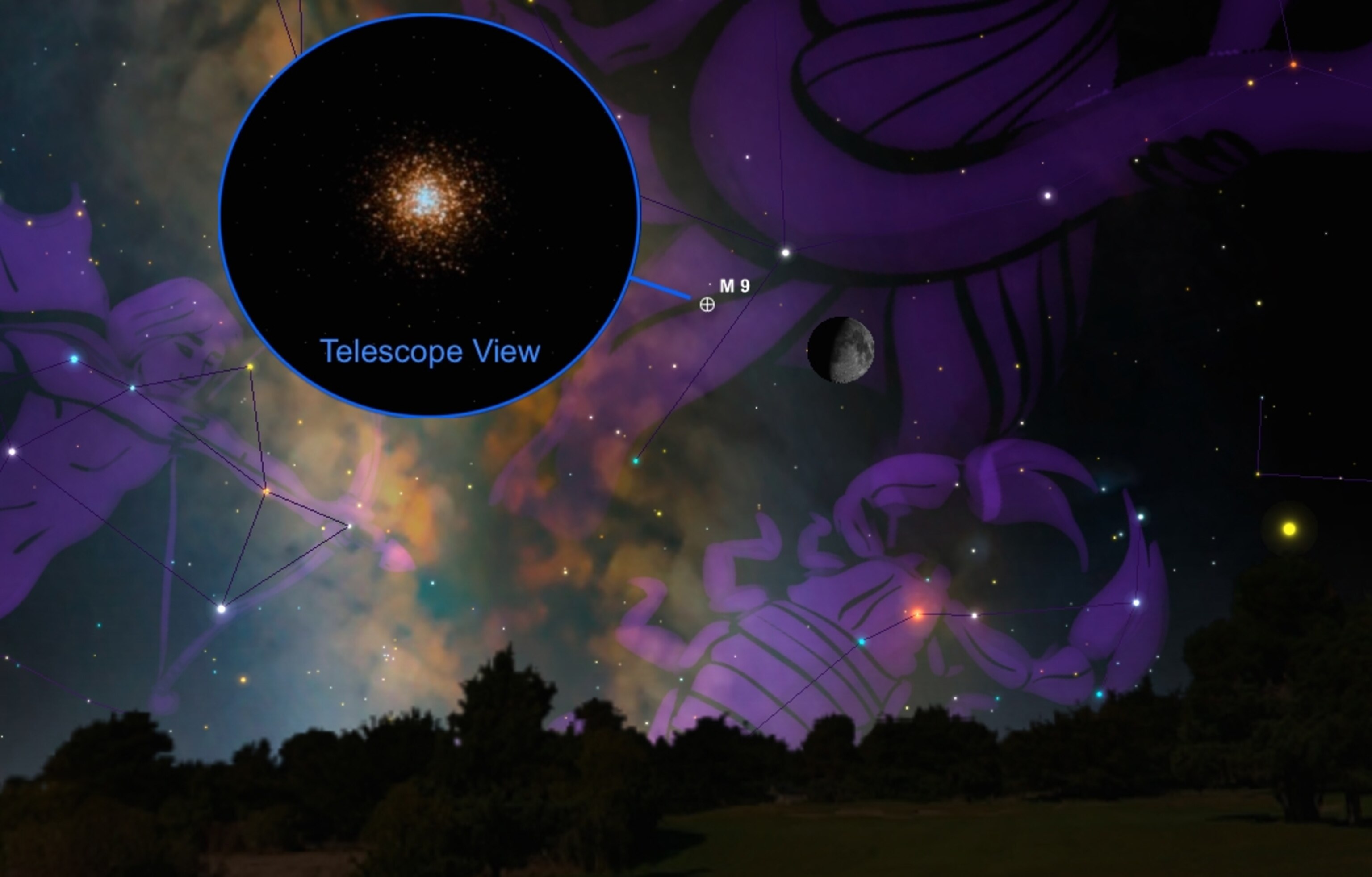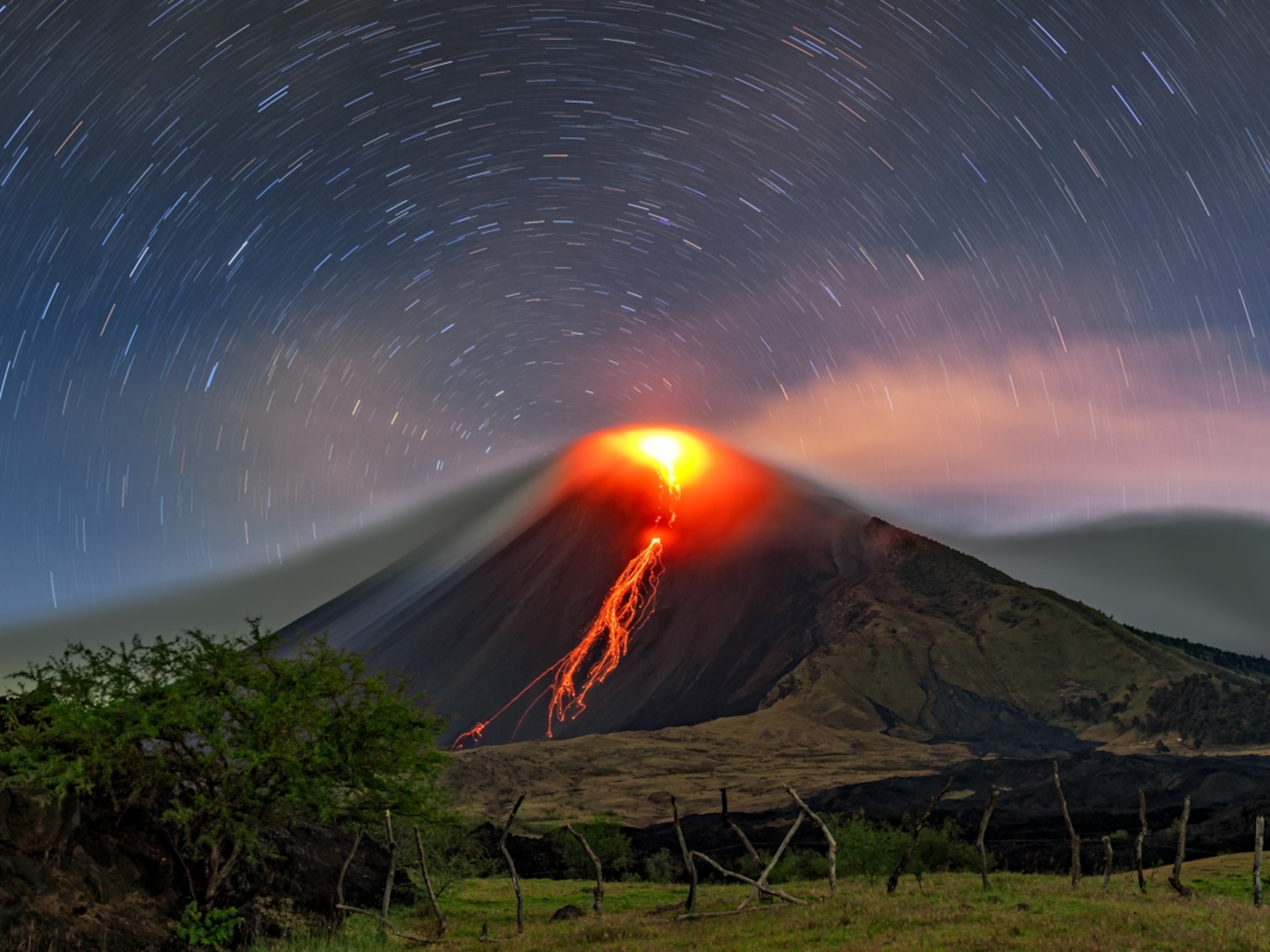
This Week's Night Sky: Spot a Gap in Saturn’s Rings
The gas giant is more than 900 million miles away, but its bright rings are tilted toward Earth and easily visible with a telescope.
Perseid stragglers. The Perseid meteor shower has passed its peak, but a dozen or more shooting stars will be still be visible each night hour this week.
The meteors will be easiest to see when skies are at their darkest, between local midnight and pre-dawn. On Monday and Tuesday nights, the moon will set in the early evening, leaving behind optimum conditions for catching sight of some Perseids. Remember to find a location that has an unobstructed view of as much of the overhead sky as possible and keep an eye out for the occasional unusually bright meteor known as a fireball.

Moon and Spica. Just after sunset on Wednesday, August 19, look for the crescent moon hanging over the bright blue-white star Spica. The two objects will be less than 4 degrees apart--about the width of your three middle fingers held at arm’s length.
Despite being some 250 light-years away, Spica is the brightest member in the constellation Virgo, the maiden, and is ranked as the 15th brightest star in the entire night sky. Spica is actually a double star system, though the two suns are indistinguishable even with backyard telescopes. The two stars, which are seven and four times the diameter of our sun, orbit each other so closely that their gravitational tidal forces distort their shapes.

Siding with Saturn. By evening on Saturday, August 22, the moon will have moved into the southern sky, where it will be parked next to Saturn. Easy to spot, the gas giant appears as the brightest star-like object in this part of the sky and will be less 4 degrees from the moon.
Train a small telescope at Saturn and marvel at the bright rings that are now tilted 24 degrees toward Earth. Can you glimpse the widest dark gap in the rings? Called the Cassini division, this feature was discovered in 1675 and measures some 3,000 miles across. The gravity of Saturn’s moons create and maintain the Cassini division and similar gaps by pushing and pulling on the tiny particles that make up the planet’s rings.
It’s amazing to think that Saturn is now more than 900 million miles away--so distant that sunlight bouncing off its bright cloud-tops takes 83 minutes to travel across interplanetary space to reach Earth.

Stellar snow globe. Late night on Sunday, August 23, use the moon to hunt down the bright globular star cluster known as Messier 9. The glare of the near-quarter moon will filter out the best views of this giant mass of stars, but the moon will give newbie sky-watchers a chance to track down M9.
Look for M9 in the constellation Ophiuchus, the serpent bearer, about 5 degrees to the upper left of the moon--equal to the width of your fist held at arm’s length. Through small telescopes the globular cluster, located about 23,000 light-years from Earth, looks like a tight fuzzy ball of light. But, with M9 shining at magnitude 7.8, it is an easy target with binoculars, even under light-polluted suburban skies.
Clear skies!
Follow Andrew Fazekas, the Night Sky Guy, on Twitter, Facebook, and his website.





